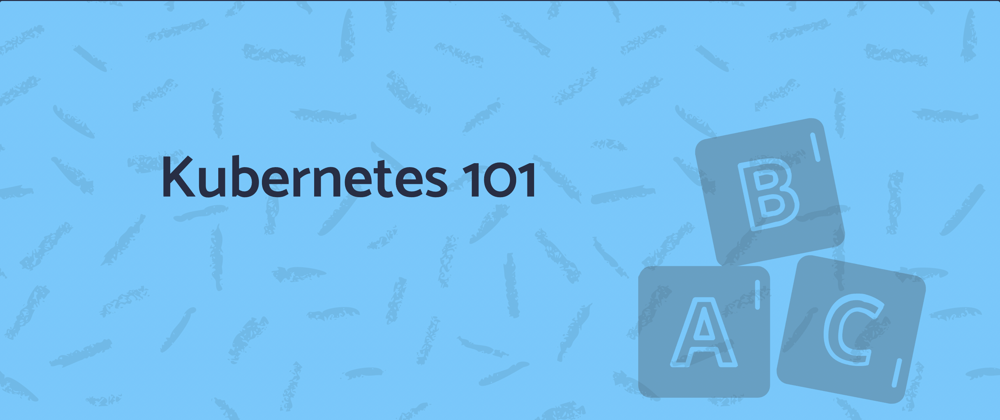Why & When
The basic unit of deployment in kubernetes is a Pod and a managed objected with guaranteed number of replicas is a Deployment. In-case of a deployment the nodes on which pods land-up is decided by the scheduler based on the scheduling policy.
Use DaemonSet when
- When you want one pod of your application to run on each node (or identified subset of nodes)
- When you want to address those pods directly and not through the load-balancer
Typical use-cases
- Running agents on kubernetes worker nodes - monitoring agents
- Running aggregators on a per node basis - log aggregators
- Running node-wise daemon processes for distributing load - Interesting usecase from this dev.to post
How
Creation
❯ cat /tmp/ds.yaml
---
apiVersion: apps/v1
kind: DaemonSet
metadata:
name: fluentd-ds
namespace: kube-system
spec:
selector:
matchLabels:
name: fluentd-ds
template:
metadata:
labels:
name: fluentd-ds
spec:
tolerations:
# this toleration is to have the daemonset runnable on master nodes
# remove it if your masters can't run pods
- key: node-role.kubernetes.io/master
effect: NoSchedule
containers:
- name: fluentd-ds
image: quay.io/fluentd_elasticsearch/fluentd:v2.5.2
❯ kubectl create -f /tmp/ds.yaml
daemonset.apps/fluentd-ds created
❯ kubectl get daemonsets.apps/fluentd-ds -n kube-system
NAME DESIRED CURRENT READY UP-TO-DATE AVAILABLE NODE SELECTOR AGE
fluentd-ds 4 4 4 4 4 <none> 116s
❯ kubectl get pods -n kube-system -o wide | grep fluentd-ds
fluentd-ds-mm26b 1/1 Running 0 2m45s 10.244.0.6 macbook-control-plane <none> <none>
fluentd-ds-nx9hb 1/1 Running 0 2m45s 10.244.3.4 macbook-worker2 <none> <none>
fluentd-ds-tfrvn 1/1 Running 0 2m45s 10.244.2.3 macbook-worker <none> <none>
fluentd-ds-vv5rx 1/1 Running 0 2m45s 10.244.1.4 macbook-worker3 <none> <none>
Communication
All usual modes of services - ClusterIP, NodePort, LoadBalancer and Headless service work (though ClusterIP and LoadBalancer does not make too much sense). General norm is to use ports.hostPort and then map it through a NodePort and address via <node-ip>:<node-port>
ports:
- containerPort: 24224
hostPort: 24224
name: "fluentd-port"







Latest comments (0)